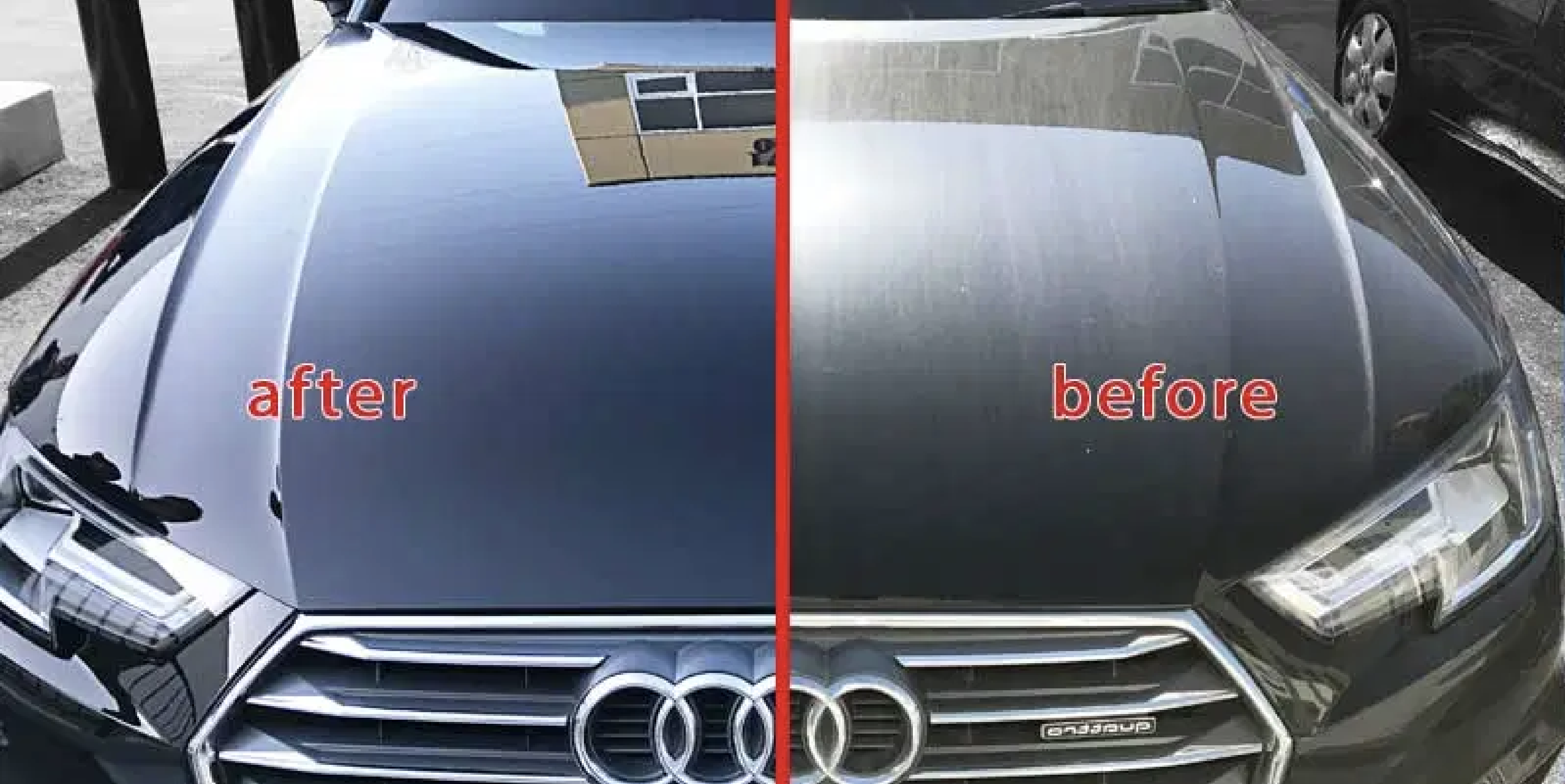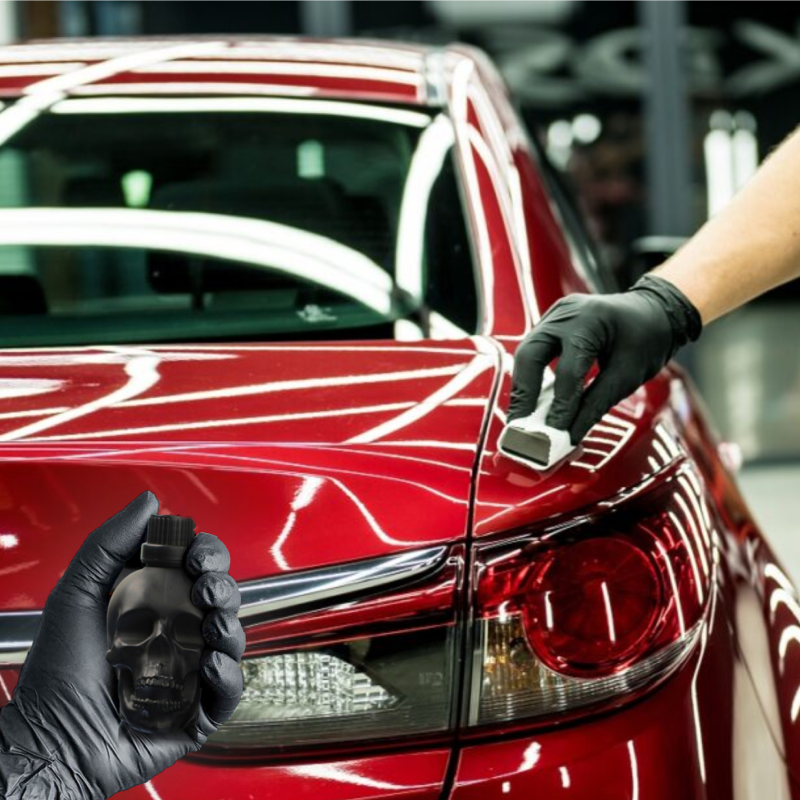Choose trusted auto detailing for a thorough interior and exterior cleaning.
Choose trusted auto detailing for a thorough interior and exterior cleaning.
Blog Article
A Comprehensive Guide to the Types of Ceramic Covering on the marketplace
Ceramic coverings have emerged as a critical option throughout different sectors due to their one-of-a-kind properties and applications. As we discover the distinctive features and applications of these layers, the implications for performance and longevity end up being significantly noticeable, elevating questions about which type may finest match your requirements.
Comprehending Ceramic Coatings
Ceramic coverings are innovative safety remedies that have acquired popularity in different markets, particularly in automobile and aerospace applications. These layers contain a fluid polymer that, when healed, creates a durable, hydrophobic layer on the surface area of the substratum. This layer supplies enhanced resistance to ecological contaminants, UV radiation, and chemical direct exposure, thus extending the life and visual charm of the underlying material.
The basic element of ceramic layers is silica, which contributes to their hardness and longevity. The application process typically involves surface preparation, application of the coating, and curing, which can be achieved with warm or UV light. As soon as treated, ceramic finishes display outstanding bonding properties, permitting them to adhere highly to a variety of surface areas, consisting of metals, plastics, and glass.
In enhancement to their protective features, ceramic finishes additionally use convenience of upkeep. Their hydrophobic nature minimizes the adherence of dirt and grime, making cleansing easier and much less constant. In general, the adoption of ceramic coatings represents a significant innovation in surface area defense technology, providing both practical and aesthetic benefits across numerous fields.
Kinds of Ceramic Coatings
Different kinds of ceramic layers are readily available, each created to satisfy details performance needs and applications - Auto Detailing. The most common kinds include:
Silica-based Coatings: These finishes primarily contain silicon dioxide and are recognized for their sturdiness and chemical resistance. They are extensively used in vehicle and industrial applications.
Titanium Dioxide Coatings: Prominent for their photocatalytic homes, titanium dioxide layers are frequently applied in environments where self-cleaning and antifungal residential properties are preferable, such as in building materials and auto finishes.
Zirconia Coatings: Identified by their high-temperature stability and thermal resistance, zirconia coverings are made use of in applications such as generator engines and high-performance vehicle parts.
Alumina Coatings: Exhibiting superb hardness and thermal stability, alumina layers are frequently used in wear-resistant applications, consisting of cutting devices and industrial equipment. - ceramic coating sarasota
Hybrid Coatings: Incorporating the properties of different materials, crossbreed finishes offer enhanced efficiency attributes, making them suitable for one-of-a-kind and demanding applications.
Each type of ceramic covering offers distinctive objectives, permitting customers to pick one of the most appropriate service based upon specific environmental problems and efficiency requirements.
Benefits of Ceramic Coatings
Ceramic finishings, in specific, offer countless advantages that make them progressively popular amongst makers and customers alike. These finishings are immune to scratches, chemicals, and UV rays, guaranteeing that the underlying surface continues to be safeguarded over time.
Along with resilience, ceramic finishings offer superb hydrophobic residential properties, permitting easy cleaning and maintenance. This water-repellent nature lessens the adherence of dust, crud, and other contaminants, which can lengthen the visual charm and performance of the surface area. In addition, ceramic layers read review can dramatically improve thermal resistance, making them optimal for applications that withstand heats.

Application Process
When using ceramic finishings, a meticulous strategy is necessary to accomplish optimum outcomes. The application procedure typically begins with complete surface area prep work. This entails cleaning, decontaminating, and brightening the surface area to remove all contaminations, consisting of dirt, grease, and prior waxes or sealers. A tidy surface area makes certain proper bond of the covering.
When the surface area is prepped, the next action is to use the ceramic finish. This can be done making use of an applicator pad or a microfiber fabric, guaranteeing also coverage. It is important to operate in tiny areas to keep control and protect against early treating. The covering ought to be used in slim layers, as thicker applications can cause irregular finishes.
After application, the layer needs a specific healing time, usually varying from a few hours to a full day, relying on the item. Throughout this moment, it is crucial to avoid exposure to wetness or contaminants. A gentle buffing may be needed after healing to improve the gloss and eliminate any type of high spots. Following these steps carefully will take full advantage of the effectiveness and long life of the ceramic finishing, giving a resilient protective layer for the surface area.
Upkeep and Long Life
To make sure the durability and efficiency of a ceramic covering, routine maintenance is essential. Ceramic layers, recognized for their longevity and protective qualities, call for details treatment routines to optimize their lifespan and performance. helpful resources The initial step in upkeep entails routine cleaning with pH-neutral soap, avoiding extreme chemicals that can degrade the layer. It is a good idea to wash the lorry routinely, ideally every 2 weeks, to avoid the buildup of pollutants that might compromise the layer's stability.
In enhancement to routine washing, regular evaluations are vital. Try to find indicators of wear or damage, such as hydrophobic buildings diminishing or surface area imperfections. If required, a light gloss may be put on revitalize the coating without stripping it away.
Moreover, the application of a booster spray can enhance the finish's hydrophobic effects and recover its gloss. This is especially valuable for coatings that have been have a peek at this website in use for an extensive duration. Eventually, by sticking to these upkeep techniques, one can dramatically extend the life of a ceramic finish, making sure that it continues to give ideal protection against environmental factors and preserve the visual allure of the automobile.
Final thought

Report this page